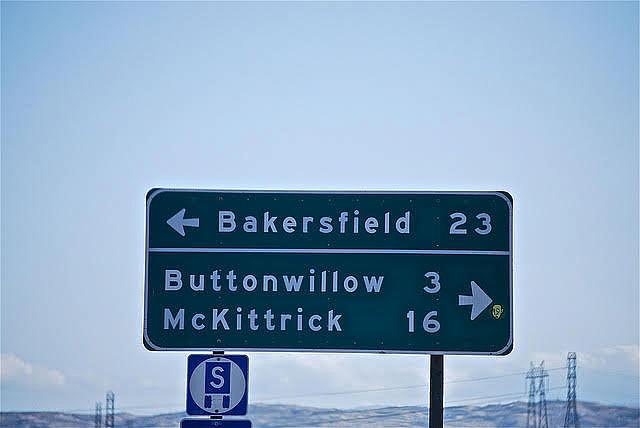Why are white men in Kern County dying so young?

An invisible disease has been killing middle-aged white people throughout the southern San Joaquin Valley at higher rates than ever before.
The disease can’t be detected by a blood test or remedied with a prescription. It’s been referred to as one of the country’s greatest unaddressed public health crises and a rising “epidemic of white death.”
The disease is “toxic stress,” a result of childhood trauma and other environmental stressors such as poverty, food insecurity and basic living needs not being met.
In the southern San Joaquin Valley, fatal drug overdoses spiked by 151 percent and viral hepatitis by 180 percent between 1995 and 2014. Accidental drug poisoning, the leading stress-related killer, spiked by 61 percent. In Kern County, drug overdoses among white men age 25 to 34 increased by 248 percent.
Dr. Anthony Iton, senior vice president of The California Endowment, calls these “deaths of despair.”
Such environmental stressors, commonly known as Adverse Childhood Experiences, also impact mothers in Kern County at higher rates than anywhere else in the state, potentially setting the region’s kids on a path of physical, mental and emotional health problems later in life.
About 11.6 percent of Kern County mothers reported experiencing four or more hardships during their childhoods, roughly 4 percentage points higher than the state average, data show.
So what makes Kern County a hotbed for adversity?
That’s what my project will seek to answer. Could all this poverty and violence be the result of repeated cycles of toxic stress, given that hardships are historically part of Kern County’s makeup?
Bakersfield has long been characterized as “hardscrabble,” a place where people come to work with their hands to pull money out of the ground. It’s a community of immigrants, dating back to when Dust Bowl Okies trekked here in search of work, but were met with hardship, persecuted and forced to live in lean-tos along Kern River.
Most importantly, what’s being done to turn the tide on all this despair that is killing the people who live here?
Those will be central questions I’ll explore in my reporting project for the 2017 California Fellowship.
[Photo by Miguel Vaca via Flickr.]
